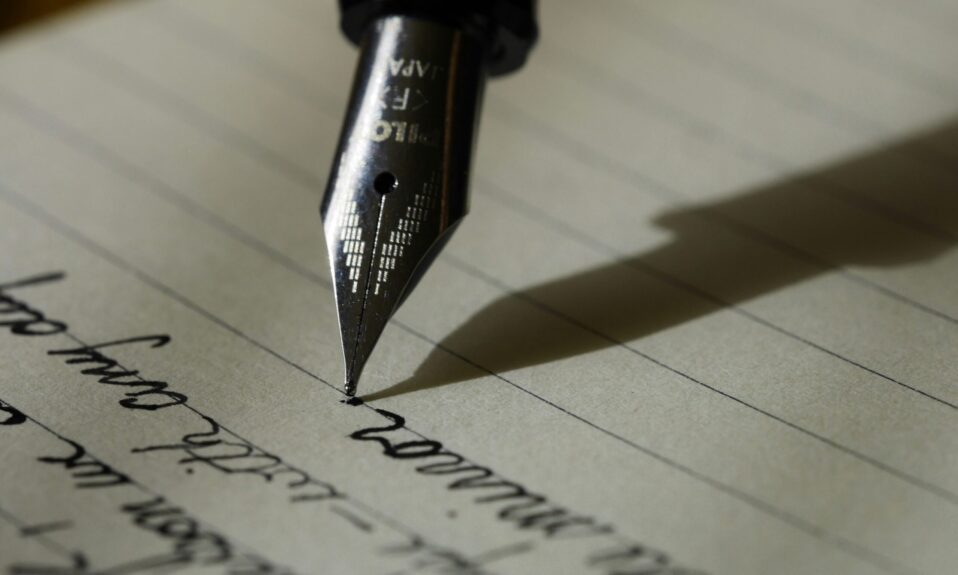Performance Expectation (Standard S5P1): – Obtain, evaluate, and communicate information to explain the differences between a physical change and a chemical change.
| Objectives/Targets To develop the ability to distinguish between physical changes and chemical changes. To apply their knowledge of physical and chemical changes in practical scenarios. Phenomena: Tearing paper Crumpling paper Breaking crayon Melting chocolate Firework in a jar Cake-making process Coloring frosting Expiration of milk Burning wood Rusting iron |
| Science and Engineering Practices Planning and carrying out investigations Analyzing and interpreting data | Disciplinary Core Ideas Chemical reactions | Crosscutting Concepts Cause and effect |
Guiding Question: How can we distinguish between physical changes and chemical changes?
Grade 5 Procedures: Accomplished in two 45-minute lessons
| ENGAGE (Lesson 1: 20 minutes) | The teacher will watch Ryan’s (2020) video before the lesson and without the students. The phenomena they will introduce to the learners is a smaller version of the physical tests and chemical reactions that Ryan performs throughout the video. The teacher will need the following materials: Baking ingredients (flour, water, vegetable oil, egg) Birthday candles Chocolate Crayons Frosting ingredients (powdered sugar, food coloring) Iron Jar Matchbox Milk Paper Water Wood Begin by introducing the topic of physical and chemical changes and explain the difference between the two. Ask the students “What do you think happens is going on for each of the experiments?” Ask them to write the answers in their science notebook. First, tear a piece of paper and discuss how it is a physical change since no new substance is formed. Then, crumple another piece of paper and emphasize that it is still paper, just in a different form. Afterward, break a crayon, explaining that it is a physical change as the crayon remains crayon material but is now in pieces. Next, melt a piece of chocolate, highlighting that it is still chocolate, but in a different state. Finally, create a firework in a jar demonstration with the oil, food coloring, and warm water, as shown by Kidspot (2015). Tell the students to ignore the firework at the moment. In the second session, briefly explain the ingredients and show the cake-making process, emphasizing that it involves a chemical change as the batter transforms into a cake. Color frosting and discuss how it is a physical change as the frosting remains, but its color changes. Discuss the concept of expiration in milk, explaining that it is a chemical change due to the production of lactic acid. Burn some wood and note that it undergoes combustion, producing carbon dioxide, water vapor, and ashes. Finally, introduce rusting by showing iron and oxygen reacting, forming rust. During the lesson, ask students to observe and understand the ongoing situations. Clarify that a noticeable change or reaction has occurred and inform them that the lesson will focus on exploring alterations in matter, covering both chemical and physical changes. Encourage students to determine whether the observed incident represents which, urging them to note down their answers and elaborate on their thought process in their science notebooks. Reassure the learners that further details about these tests and reactions will be shared later in the lesson. |
| EXPLORE (Lesson 1: 15 minutes) | In this phase, the teacher will initiate a brief conversation to explore the distinctions between chemical and physical changes. Provide the learners with an opportunity to conduct four experiments in each of the four corners of the room. They will move around with a notebook and identify whether the changes are either chemical or physical. The teacher will need the following materials: Baking soda Carbonated water Lamp with a light bulb Mint-flavored candy Pieces of paper Plastic cups Vinegar Corner 1: Here, the students will students to rip, crumple, and cut the paper. Corner 2: Students will put little amount of carbonated water in the plastic cup. Next, they will drop a mint candy into the cup. Corner 3: Instruct the students to mix vinegar into the baking soda in the provided plastic cups and observe the ensuing fizzing reaction. Corner 4: Provide a lamp with a transparent light bulb that learners can control using a switch. For each of the corner, write down these instructions,” In your science notebook, illustrate and label the observations made at this corner. Is the change chemical or physical? Why?” |
| EXPLAIN (Lesson 1: 10 minutes) | After students have completed visits to all the four corners, convene the group and lead a discussion about their observations. Identify which corners involved physical changes and which ones were associated with chemical changes Encourage the learners to share their notes from their science notebooks. |
| ELABORATE (Lesson 2: 20 minutes) | Use the activities in Ryan (2020) to empower the learners to create new tests. Subsequently, encourage them to take on the challenge of devising additional science tricks utilizing both chemical and physical reactions. |
| EVALUATE (Lesson 2: 25 minutes) | Students have witnessed the firework phenomenon on two occasions – first during the Engage phase of the lesson, and again in the Ryan (2020) during the Elaborate phase. However, they have not yet determined whether this occurrence is the outcome of a physical or chemical reaction. Instruct students to rewatch the Ryan video and respond to the following questions in their science notebook: To figure out whether what is happening with the fireworks is a physical or chemical reaction, think about whether a completely new substance is being created. What do you need to know to tell the difference? In your notebook, make a chart to show what you have seen for physical changes and chemical changes. What things make you think a change is physical? What clues indicate a change is chemical? At the end, the teacher collects the science notebooks from the students for review. Before the teacher leaves, pose the following question to the students: Can you provide an example from your own life where you have encountered either a physical or chemical change? Why is this so? |
Modifications: Consider providing additional support or modified activities for students with diverse learning needs.
Assessment: Use a rubric to assess students’ science notebooks
Formative: Provide immediate feedback during the Explore and Elaborate phases to guide students in refining their understanding.
Summative: Include a written component where students explain the scientific principles behind their classifications.
Resources:
Kidspot. (2015, March 30). How to do fireworks in a jar science experiment [Video]. YouTube. https://www.youtube.com/watch?v=JgNOuNh0Okg
Ryan’s World. (2020, August 27). Physical vs chemical changes learning for kids!!! [Video]. YouTube. https://www.youtube.com/watch?v=wCxNF-v4qZw









